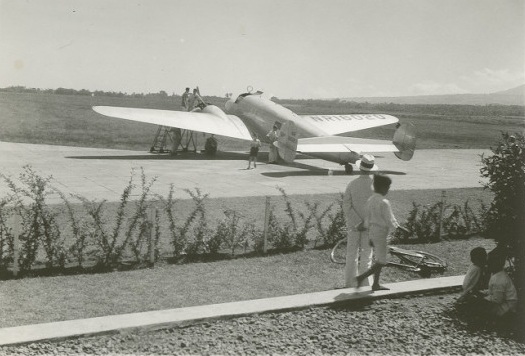
13 June 1943: On Mission Number 63, 76 VIII Bomber Command Boeing B-17F Flying Fortress four-engine heavy bombers of the 4th Bombardment Wing were sent to attack the U-boat pens at Kiel, Germany.

German submarine attacks on transatlantic convoys were a major threat to the Allies. England was dependent on North America for food, fuel, munitions and weapons. Destruction of the submarine bases and repair facilities was therefore a very high priority for VIII Bomber Command. These were often very heavily reinforced concrete bunkers where submarines could be serviced and repaired, safe from air attack.
The “Kilian” base at Kiel was for the protection of up to 12 newly-built U-boats. Each bay was 138 meters (453 feet) long and could house two submarines, end-to-end. The roof was 4.8 meters (15 feet, 9 inches) of reinforced concrete, and the walls were 3.3 meters (10 feet, 10 inches) thick.

60 bombers made it to the target but were met with the heaviest fighter attacks to that point of the war. 22 B-17s were shot down. Of those that returned to England, 24 were damaged, 1 so badly that it was beyond repair.
3 airmen were killed, 20 wounded and 213 were listed as Missing In Action.
Before the war, it was thought that the defensive machine guns of the Flying Fortress would be able to protect it against enemy fighters, but losses like those suffered in this raid proved the necessity for escorting fighters to defend the bomber formations.
NOTE: A very detailed analysis of this mission, “USAAF Mission #63: Bremen and Keil” by Andreas Zapf can be found at
http://www.andreaszapf.de/blog-chronicles-media/USAAF-Mission-63-Bremen-and-Kiel.pdf

© 2018, Bryan R. Swopes


















